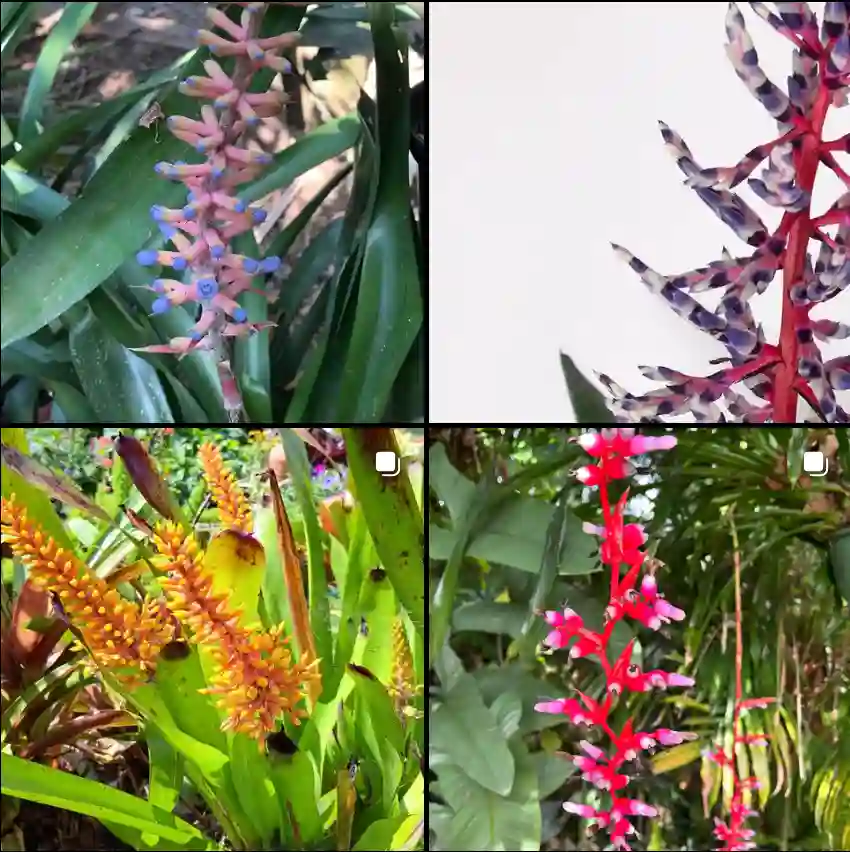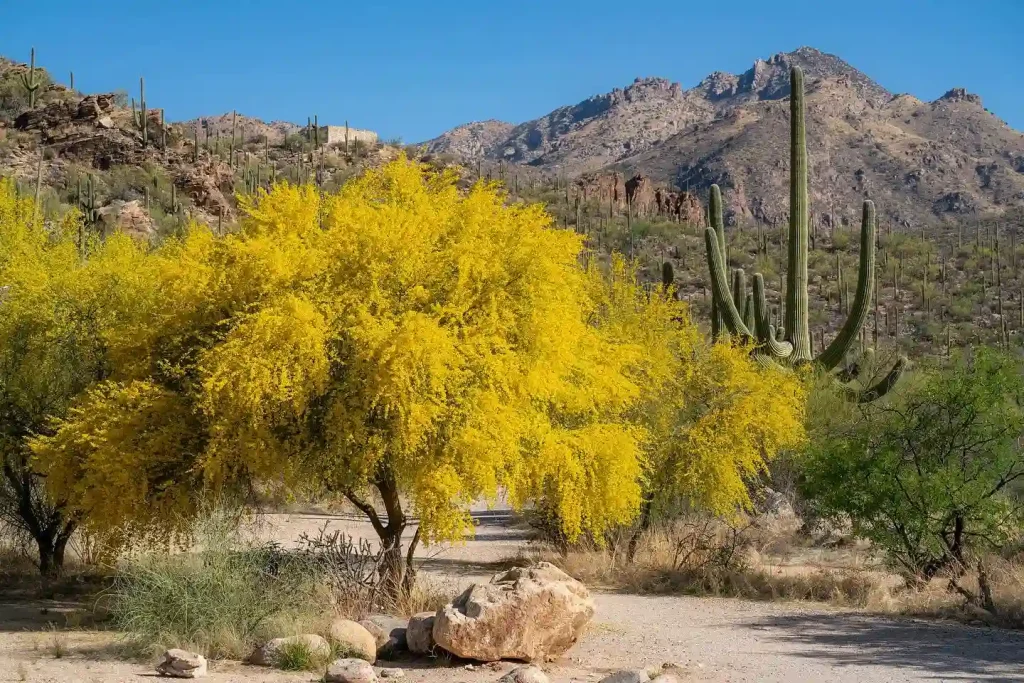FAQs About Nepenthes Undulatifolia
Nepenthes Undulatifolia is a fascinating carnivorous plant that has captured my attention with its unique beauty and intriguing features. Here, I’ll answer some of the most frequently asked questions about this remarkable species.
Plant Family: Nepenthaceae – 207 Species in Genus Nepenthes
What is Nepenthes Undulatifolia?
Nepenthes Undulatifolia, also known as the Undulate Leaf Pitcher Plant, is a species of tropical pitcher plant native to the mountainous regions of the Philippines. This plant is known for its striking, undulating leaves and elaborate pitcher-shaped traps. These traps are not just visually captivating; they are also highly effective in catching and digesting insects. The plant thrives in high-humidity environments and is often found in the wild growing in mossy forests and along mountain slopes.
How to Care for Nepenthes Undulatifolia?
Caring for Nepenthes Undulatifolia requires attention to its specific needs:
- Light: This plant prefers bright, indirect light. It can tolerate some direct sunlight, but too much can cause leaf burn. A well-lit windowsill or grow light setup works well.
- Temperature: Nepenthes Undulatifolia thrives in temperatures between 70°F to 85°F (21°C to 29°C) during the day and 50°F to 65°F (10°C to 18°C) at night. It enjoys a bit of a temperature drop at night, mimicking its natural mountainous habitat.
- Humidity: High humidity is crucial for this plant. Aim for 50% to 70% humidity. In dry environments, using a humidity tray or a humidifier can help maintain the necessary moisture levels.
- Watering: Use distilled water or rainwater to avoid mineral build-up. The plant prefers to have its soil kept moist but not waterlogged. Ensure good drainage to prevent root rot.
- Soil: A well-draining, acidic soil mix is essential. A blend of sphagnum moss, perlite, and orchid bark works well. This mimics the plant’s natural habitat and ensures proper aeration for the roots.
How to Propagate Nepenthes Undulatifolia?
Propagating Nepenthes Undulatifolia can be an exciting challenge. Here’s how you can do it:
- Leaf Cuttings: Take a healthy leaf with a portion of the stem and place it in a container with a mix of sphagnum moss and perlite. Keep the cutting warm and humid. It may take several weeks to months for roots to develop.
- Seed: Growing from seeds is another method, though it requires patience. Sow seeds on a moist, sterile growing medium and keep them warm and humid. Germination can take several months.
What to Plant with Nepenthes Undulatifolia?
Pairing Nepenthes Undulatifolia with compatible plants can enhance your terrarium or garden setup:
- Sarracenia Species: These are also carnivorous plants and thrive under similar conditions. They add variety and complement the Nepenthes with their own unique trap structures.
- Utricularia: These bladderworts are another type of carnivorous plant that can coexist well with Nepenthes. They can grow in the same high-humidity conditions and offer an interesting contrast with their aquatic traps.
- Orchids: Many orchids, particularly those that thrive in high humidity, can make excellent companions. They can add a splash of color and variety to your plant collection.
Common Problems and How to Solve Them
- Leaf Burn: If the leaves start to turn brown or crispy, it could be due to too much direct sunlight. Adjust the light exposure to a more indirect source.
- Root Rot: This can occur if the soil is too wet or poorly draining. Ensure that your potting mix provides adequate drainage and avoid overwatering.
- Pests: Watch out for pests like aphids or spider mites, which can be problematic. Regularly inspect your plant and use insecticidal soap if necessary.
Where to Buy Nepenthes Undulatifolia?
You can find Nepenthes Undulatifolia at specialized carnivorous plant nurseries or online retailers. Make sure to choose a reputable seller to ensure that you receive a healthy, well-cared-for plant.
How to Repot Nepenthes Undulatifolia?
Repotting should be done every 1-2 years or when the plant outgrows its pot. Choose a slightly larger pot and fresh potting mix. Gently remove the plant from its old pot, untangle any circling roots, and place it in the new pot with the fresh soil mix.
Nepenthes Undulatifolia is a unique and captivating plant that adds a touch of exotic beauty to any collection. By understanding its needs and providing the right care, you can enjoy the striking beauty and fascinating behavior of this remarkable species.
If i die, water my plants!



